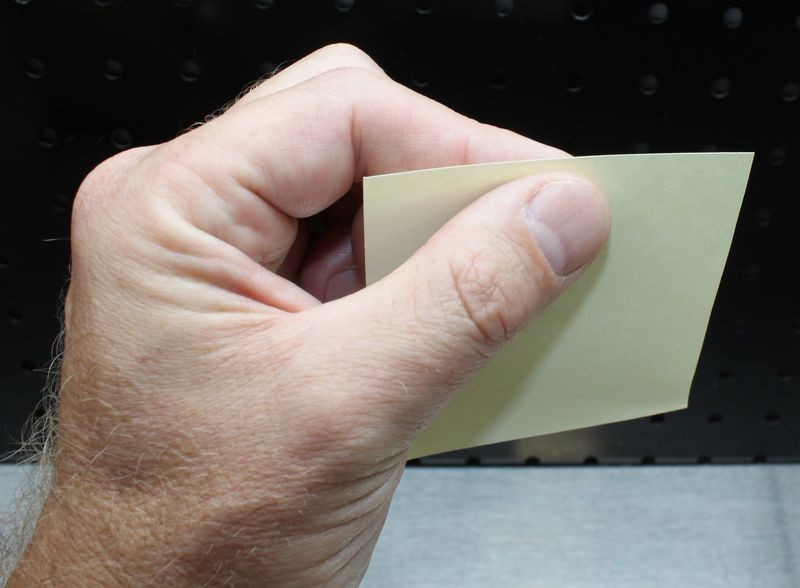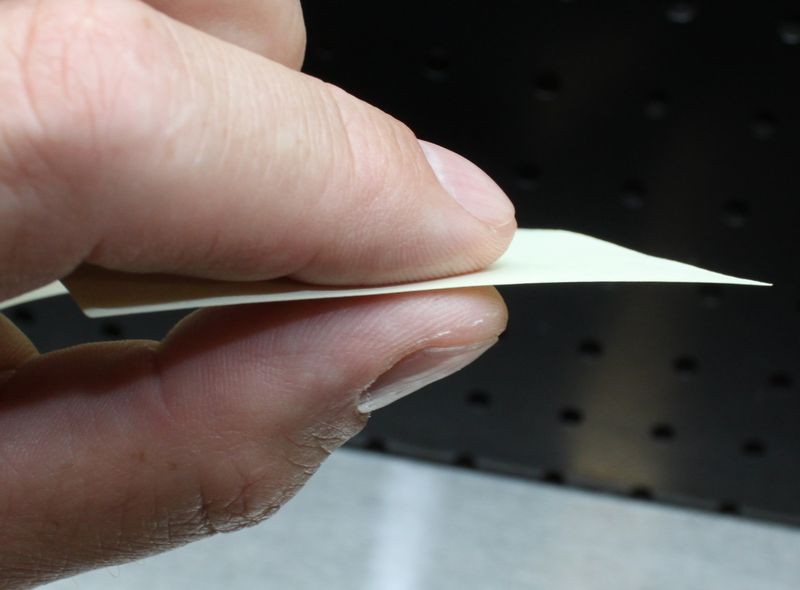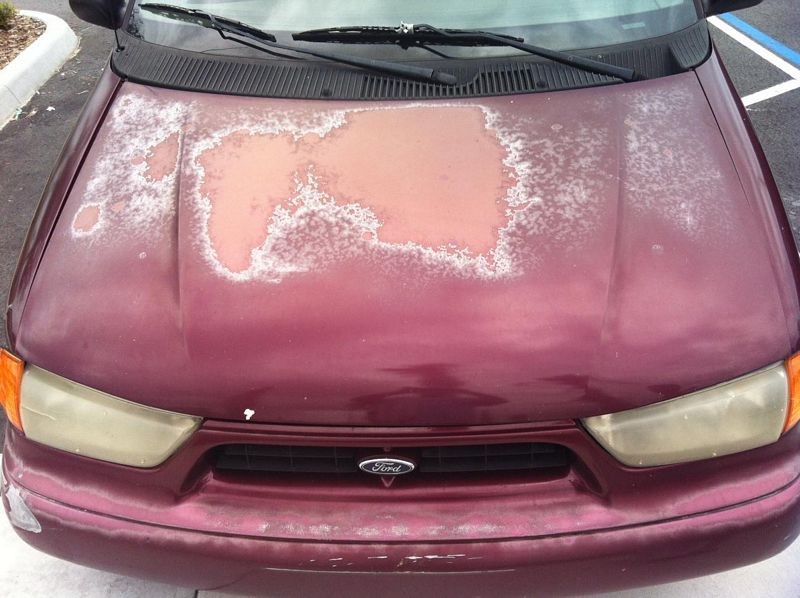Mike Phillips
Active member
- Dec 5, 2022
- 51,004
- 6
Clearcoats are thin by Mike Phillips
The majority of cars being manufactured today and starting since the 1980's use what's called a basecoat/clearcoat paint system. With this system, a clear layer of paint is sprayed over the top of the basecoat which is also the color coat or the layer of paint that has pigment in it. If the car has a metallic finish then the metallic flakes are also in the basecoat.
The basecoat doesn't offer any gloss or shine and in fact it's dull or matte looking after it's sprayed. The basecoat gets it's gloss, shine, depth and reflectivity by the spraying of the clearcoat layer of paint over the top of it. This is why if a person removes too much clearcoat when buffing and they expose the basecoat it will appear to be a dull round or oval spot on a body panel. The part of the paint system that adds beauty has been removed revealing the dull or matte basecoat layer of paint.
Just how thin is the clear layer of paint on a factory paint job?
The factory clearcoat on a new or modern car measures approximately 2 mils thin.
The average Post-it Note is around 3 mils thin.

What does this mean?
This means the factory clearcoat on a new or modern car is thinner than a post-it note. The next time you have a post-it note in front of you, feel a single post-it note between your fingers. Like this...

This experience will drive home the point as to just how thin the clear layer of paint is on modern car with a factory paint job.
It should also drive home the importance of using the least aggressive pad, product and even tools to get the job done.
When I say, get the job done, the context of this usually means someone is buffing out a car to remove paint defects like swirls, scratches, water spots and oxidation to make the paint and thus the car look better.
By using the least aggressive products you "get the job done" while leaving the most paint on the car to it will last over the mechanical service life of the car.
If you're working on your own cars and you're reading this you're already ahead of the game by reading the AGO forum and probably being a member so you can ask questions and get help.
If you're working on customer's cars take a professional approach as a service to your customers.
If you're reading this and you're going to do the work yourself or hire a detailer then do some research and make sure you hire a detailer that knows this type of stuff because the factory clearcoat on your car is thin.

The majority of cars being manufactured today and starting since the 1980's use what's called a basecoat/clearcoat paint system. With this system, a clear layer of paint is sprayed over the top of the basecoat which is also the color coat or the layer of paint that has pigment in it. If the car has a metallic finish then the metallic flakes are also in the basecoat.
The basecoat doesn't offer any gloss or shine and in fact it's dull or matte looking after it's sprayed. The basecoat gets it's gloss, shine, depth and reflectivity by the spraying of the clearcoat layer of paint over the top of it. This is why if a person removes too much clearcoat when buffing and they expose the basecoat it will appear to be a dull round or oval spot on a body panel. The part of the paint system that adds beauty has been removed revealing the dull or matte basecoat layer of paint.
Just how thin is the clear layer of paint on a factory paint job?
The factory clearcoat on a new or modern car measures approximately 2 mils thin.
The average Post-it Note is around 3 mils thin.
What does this mean?
This means the factory clearcoat on a new or modern car is thinner than a post-it note. The next time you have a post-it note in front of you, feel a single post-it note between your fingers. Like this...
This experience will drive home the point as to just how thin the clear layer of paint is on modern car with a factory paint job.
It should also drive home the importance of using the least aggressive pad, product and even tools to get the job done.
When I say, get the job done, the context of this usually means someone is buffing out a car to remove paint defects like swirls, scratches, water spots and oxidation to make the paint and thus the car look better.
By using the least aggressive products you "get the job done" while leaving the most paint on the car to it will last over the mechanical service life of the car.
If you're working on your own cars and you're reading this you're already ahead of the game by reading the AGO forum and probably being a member so you can ask questions and get help.
If you're working on customer's cars take a professional approach as a service to your customers.
If you're reading this and you're going to do the work yourself or hire a detailer then do some research and make sure you hire a detailer that knows this type of stuff because the factory clearcoat on your car is thin.




